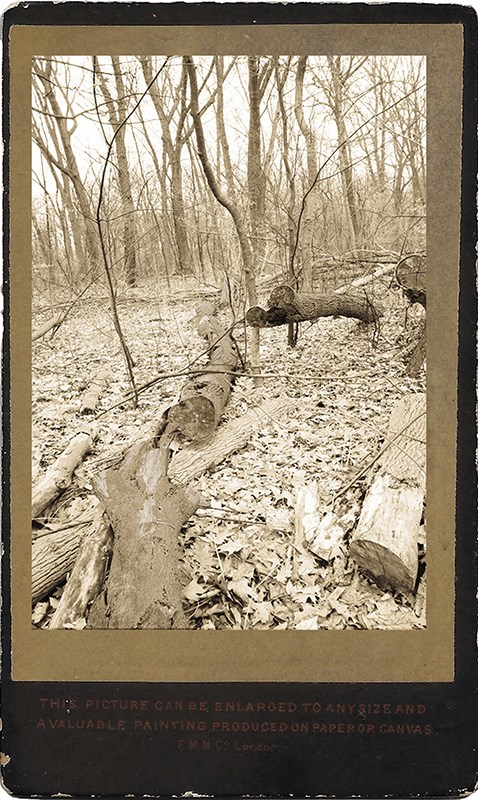Cathy Dobson
Sarnia artist Mary Abma has produced a multi-layered, multi-media ode to the community’s dead and dying ash trees.
Her emotional tribute to the lost trees and her disappointment more wasn’t done to save them from the emerald ash borer will be on display in different forms in coming weeks.
The community is invited to participate, listen and learn.

“I anticipate it will be a powerful and important experience,” says Abma. "What if we felt every loss to our ecosystems the way we feel the loss of a person? Would it make a difference?"
Abma began noticing about four years ago large woodlots filled with dead trees. She realized quarantines designed to stop the transport of bug-infested firewood weren’t working.
“People just ignored the quarantine and the emerald ash borer spread so quickly,” she said. About one quarter of Sarnia-Lambton’s tree canopy was native ash and it’s all but wiped out.
In Canatara Park alone, at least 300 ash trees are dead. They lie scattered on the forest floor or leafless and waiting to be cut down.
Abma is leading a one-hour community gathering on Saturday April 29 at the Seaway Kiwanis Pavilion in Canatara Park where the public can mourn the trees’ loss. Tributes will be made by several local residents through poetry, music, dance and storytelling beginning at 10 a.m.
Afterward, Abma will lead a walk of a trail through the park that memorializes the dead trees. It’s a unique experience, she promises, and involves 14 stops at which participants can use smartphones to read QR codes online and mourn the trees’ deaths. Walkers are encouraged to make birdseed offerings at each site.
Abma has created photographs, jewelry pieces, stories and other art to commemorate each stop along the “Signposts and Traces” trail.
“I’ve counted the rings of each tree to determine its age, then written backstories and given each group of trees a name like “The Choir” or “Log Jam.”
Abma said she was inspired to use QR codes after learning of cemeteries at which QR codes reveal photographs and videos from the life of the deceased.
Some of her QR exhibits involve Victorian-era traditions, such as cabinet cards, which were used in the early days of photography and featured an image of the deceased.
“I’ve made lockets, watches, beads and other jewelry to memorialize the trees,” she said. “This is my way to reflect on the loss.”
She has also made shrouds of phragmites and hemp rope for each of the 14 stations.
The April 29th event will be preceded by an April 27 Artists’ Talk given by Abma at the Judith and Norman Alix Art Gallery. The objects she created for the online QR exhibits will be on display at the gallery from April 28 – May 14.
For more, visit www.maryabma.com or www.jnaag.ca.
If you would like to offer an idea for an Arts Journal, contact Cathy at [email protected] or 226-932-0985.
